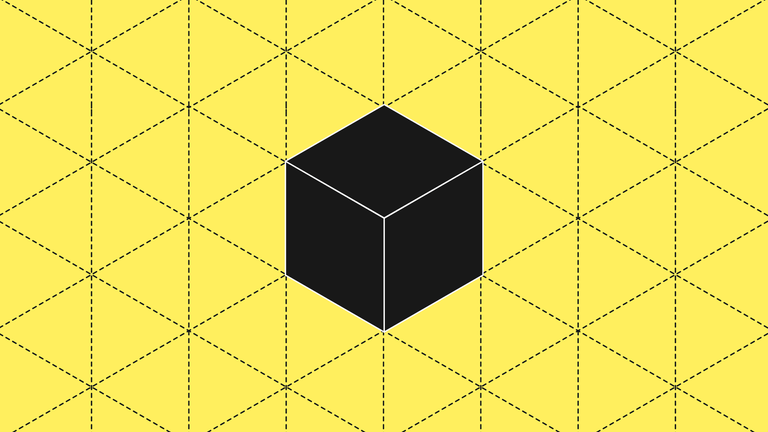
How does isometric designing work? A two-dimensional space is used to create three-dimensional items using isometric design. Because of their form and simplicity, they give the design a polished appearance. Additionally, they have a sense of realism. The following are the expert techniques for isometric design:
1 . STATIONING YOUR IDEAS ON PAPER. To get inspiration for the several things that can be made, do some study. Examine the several useful isometric items that are on the internet. Locate the perfect item to support your design goal. Start sketching the item. At this point, don't worry about perfection. All you have to do is scribble out the general shape of what you want to make. The collection of isometric design principles revolves around this fundamental idea.
2 . MAINTAINING GRID.
To ensure that your isometric item has the proper structure, you must use a grid. Place your drawing on a grid. Adjust the margins and alignment as needed. You can use Photoshop's pen tool to outline your sketch. Grids can be utilized to determine the focal point's location. They guide you toward perfection and simplify the sketching process overall. One important aspect of professional design is the use of grids.
3 . THE PERFECT COLOR INSERT.
After you've finished sketching, color your isometric object using the brush. It is customary to fill the isometric objects with vivid colors. You ought to use a color scheme that complements the tone of your design. You must choose the right colors to create the appearance of perspective. Select a light hue for the foreground and a dark hue for the backdrop. Give your isometric item a polished and brilliant appearance. Another important isometric design principle is proper color insertion.
4 . FORMING AN APPROPRIATE BACKGROUND.
Your aesthetic element needs to function for this step. Think creatively to come up with concepts for your background. Select a background that ties in with the tone of your design concepts. Using a matte texture, for instance, can give your design a polished and eye-catching appearance. To create the ideal backdrop for your isometric item, you must have an appropriate background.
5 . ADVICE AND GUIDELINES.
Creating isometric objects takes a lot of effort to design. It demands accuracy and a thorough development process. The outcome is unachievable if the orientation is unsuccessful. Don't rush through the small nuances. When creating an isometric object, maintain composure and patience. Think about all the subtleties and depth they conceal. Professional design techniques for isometric designing are built upon all of these elements.
The aforementioned concepts constitute the fundamental approaches and tenets of isometric design. To gain a fundamental concept of isometric designing, read them all the way through. To get the greatest outcomes, when creating, keep in mind the aforementioned isometric design concepts.
Upvoted. Thank You for sending some of your rewards to @null. Get more BLURT:
@ mariuszkarowski/how-to-get-automatic-upvote-from-my-accounts@ blurtbooster/blurt-booster-introduction-rules-and-guidelines-1699999662965@ nalexadre/blurt-nexus-creating-an-affiliate-account-1700008765859@ kryptodenno - win BLURT POWER delegationNote: This bot will not vote on AI-generated content